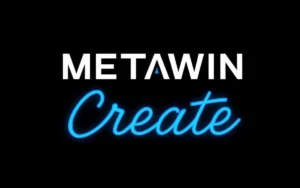
Why GM Ditched Cruise Driverless: Software-Driven Cars Mean Big Bucks
General Motors (GM) has made the unexpected decision to ditch its autonomous taxi firm, Cruise. In light of recent findings by IBM, Alliance for Automotive Innovation, AWS, and Red Hat, it appears that car manufacturers like GM have a new direction in mind – software-driven cars.
According to the report, it is expected that cars will become “software defined” (SDVs), allowing them to be updated remotely without the need for physical recalls. This change could not only save companies millions of dollars but also provide a new revenue stream through monthly subscription fees.
The data suggests that automakers are no longer focused on developing fully autonomous vehicles, like those offered by Waymo, but instead, will prioritize adding autonomous features to existing cars. These features will be limited to levels two and three of autonomy, where the driver is still required to maintain attention and be prepared to take back control.
The report’s findings also reveal that there are significant challenges ahead for SDVs, with 79% of executives citing technical complexity as a moderate or significant challenge. This includes separating hardware and software layers, which could slow down the adoption of these new technologies.
Additionally, security concerns were highlighted as another major issue, with hacked cars posing a potential threat to safety. Furthermore, there is a need for staff with strong software skills alongside knowledge in vehicle development, which may be difficult to find.
In contrast, it appears that GM’s decision to discontinue its autonomous taxi service aligns with the new strategy of focusing on software-driven cars. This change could have significant financial implications, as car manufacturers can now charge users monthly subscription fees for these features.
It is evident that car manufacturers are shifting their focus from fully autonomous vehicles to software-driven cars, and GM’s decision to ditch Cruise further supports this. The report suggests that the adoption of SDVs may be slower than anticipated due to complexity and security concerns, but it remains an attractive option for automakers looking to increase revenue.
Tesla has already taken a similar approach by charging users for its advanced driver-assistance systems (ADAS) and semi-autonomous driving capabilities. Similarly, Ford offers subscription-based level-2 driverless autonomy through BlueCruise.
It appears that the future of autonomous driving will no longer be focused on developing fully autonomous vehicles but rather adding autonomous features to existing cars. This shift in strategy could have significant financial implications for car manufacturers like GM and others.
Source: www.forbes.com


